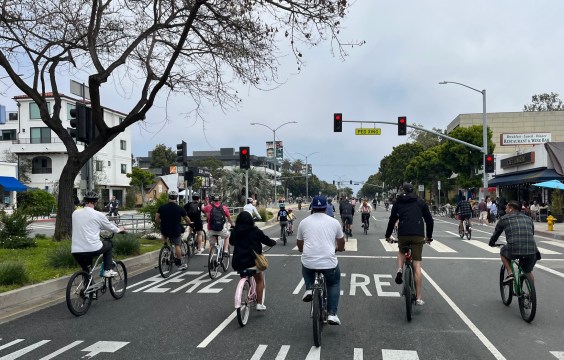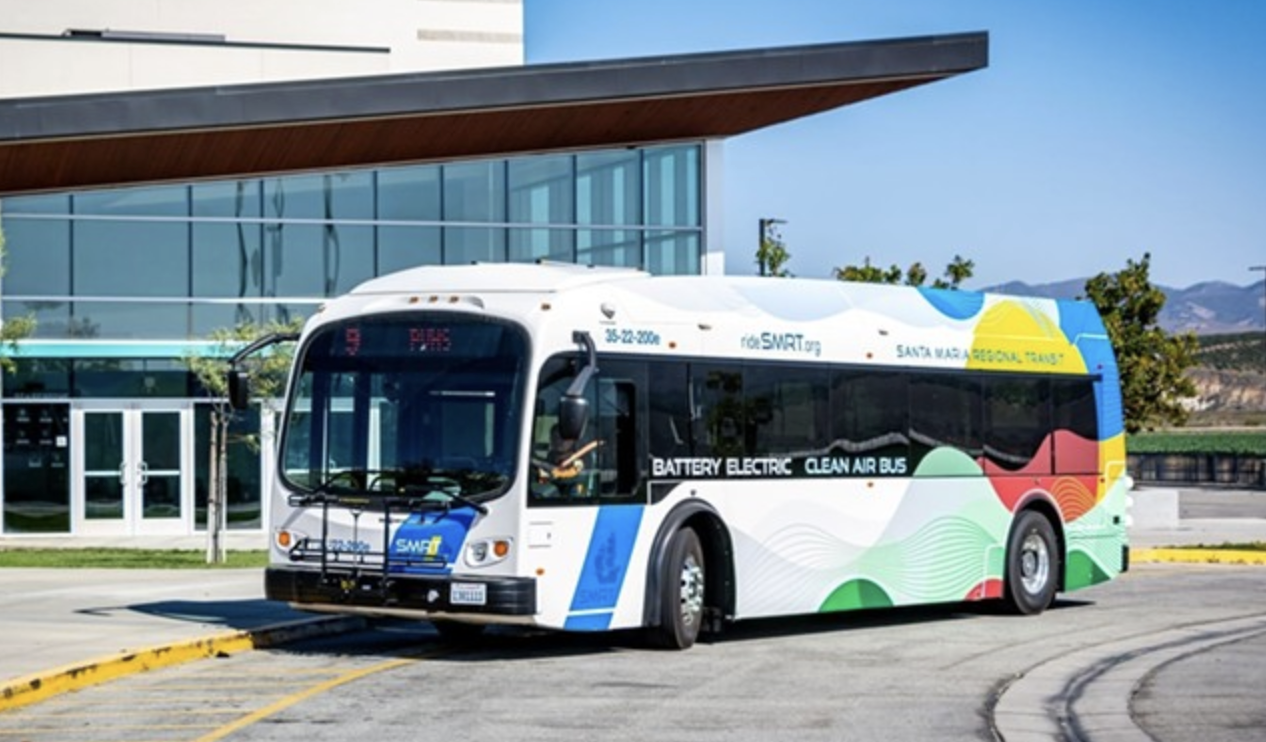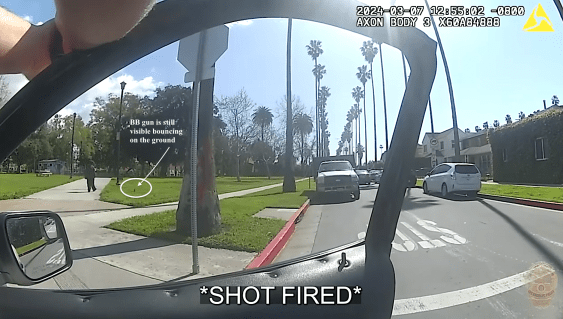Streetsblog CA is reporting on various bills that are awaiting Governor Brown's signature or veto. Yesterday SBCA covered a bill to make it easier to build housing right next to BART, on its parking lots. This roundup includes several other bills aimed at making it easier to build housing—and harder to reject it.
Below: Bills that make changes to the way regions set and enforce housing allocations, that expand exemptions from the California Environmental quality Act, and that affirm fair housing rules.
Regional Housing Needs Assessment
There are many reasons California has not kept up with the demand for housing in its cities, and one of them is resistance from cities, especially ones dominated by single family homes. Metropolitan planning organizations (MPOs, the closest thing California has to regional governments) have a mostly toothless mechanism to increase housing called the Regional Housing Needs Allocation, or RHNA (pronounced “reena”), wherein MPOs tell cities how many of the regionally-needed housing units the cities are responsible for. But cities sidestep and sometimes just ignore their RHNA. Several bills currently awaiting the governor's signature seek to make it harder for them to do that.
Senator Scott Wiener (D-San Francisco) proposed S.B. 828 because many cities don't have enough sites zoned to meet their RHNAs, which has given them an excuse to slow or avoid building needed housing. He was able to pass a bill last year, S.B. 35, that makes it harder for cities and counties to reject proposed housing development if they haven't met their RHNA obligations. But that didn't address other problems.
S.B. 828 started out requiring that cities ensure they had more than enough parcels zoned to fulfill RHNA, but that piece of it was removed in the Assembly. As amended, the bill would remove a couple of justifications that cities use to avoid building their share of housing, including prior underproduction of housing or a stable population--claiming they will not grow. The bill would also make some adjustments to the way RHNA is determined, including requiring better data on which to base the housing allocations.
Don't confuse this bill up with Wiener's S.B. 827, which aimed to upzone parcels close to transit but failed to include affordability or anti-displacement language. That bill was withdrawn earlier this year—but will very likely be back in a new form next session.
California Environmental Quality Act exemptions
Another bill on the governor's desk, A.B. 1804, from Assemblymember Marc Berman (D-Palo Alto), also aims to increase housing. That bill's stated purpose was to streamline CEQA requirements for infill housing in unincorporated areas, giving them the same incentives that are available to cities. It makes sense: counties need to develop wisely, and small communities and suburbs need to be able to densify where they can. Done correctly, infill housing can further environmental goals by creating dense housing where it's most needed, close to places people need to get to so they can reduce their travel.
But the bill needed work. In its early drafts “infill” was very broadly defined. That definition was narrowed, and in its final version, infill is defined (for the purposes of this statute only) as a parcel that is at least 75 percent surrounded by existing urban uses, while the remaining 25 percent at its edge can be “planned for future urban uses” under a certified general plan.
That means a development could get this exemption even if it's on the edge of an urban area, as long as the plan is to one day surround it with housing or commercial development. It's not a very tight definition of infill, although it's an improvement over the first draft.
A.B. 1804 also added a density requirement of at least six units per acre to qualify for the CEQA exemption, and it must be multifamily housing, not single lots. Also, the bill will sunset in a short five years, which will help reevaluate its effectiveness.
But advocates were not able to convince the author that the CEQA exemptions needed anti-displacement or inclusionary requirements.
Burgeoning California cities are already experiencing extreme problems from displacement—including increasing homeless populations as rents go up and some older housing is torn down to build more expensive housing—it is taking some time for the legislature to connect the dots. Some insist that the housing crisis is a merely problem of supply and demand, and that the solution is just to build more housing, any housing. Some say that affordable homes are too expensive to build.
But these arguments against anti-displacement strategies and requirements sidestep the effects that more expensive homes have on low-income renters. They also place cost above all other considerations, including health, well being, and fairness.
Streamlining without equity considerations will not solve the crisis - and is likely to result in more displacement.
Fair Housing
Other bills on the governor's desk address fair housing. A.B. 1771, from Assemblymember Richard Bloom (D-Santa Monica), makes sure that the concept of fair housing is part of the way RHNA is decided. Under current law, RHNA is supposed to help increase overall housing supply but in a way that includes a mix of housing types, tenure, and affordability across the region “in an equitable manner.” A.B. 1771 would add to that list: avoiding displacement, increasing access of “high opportunity” for lower-income residents, and “affirmatively furthering fair housing” to those objectives.
Fair housing is also the focus of A.B. 686 from Assemblymember Miguel Santiago (D-Los Angeles). That bill makes sure that the concept of "affirmatively furthering fair housing"--defined as “taking meaningful actions, in addition to combating discrimination, that overcome patterns of segregation and foster inclusive communities free from barriers that restrict access to opportunity based on protected characteristics”--is included in local planning. The bill mandates that fair housing is specifically incorporated into the housing elements of general plans, as well as any planning towards fulfilling RHNA.
Senate amendments took out some of the bill's teeth, removing several ways the provisions could have been enforced.
Also awaiting a signature is A.B. 2162, from Assemblymembers Chiu and Tom Daly (D-Anaheim). This one makes some changes to zoning law to encourage “supportive housing”--that is, affordable housing that provides services to keep people from becoming homeless. Supportive housing has been found to reduce homelessness and blight, and increase property values, but it is blocked by local delays and denials of applications. A.B. 2162 would require that areas zoned for multifamily housing allow supportive housing by right. It would disallow minimum parking requirements for that housing if it is close to transit, and would expand existing CEQA exemption to include these uses.
Speaking of CEQA, it's impossible to ignore two other bills that offered streamlined CEQA requirements--both for stadiums. A.B. 987 addresses the Clippers' planned stadium in Inglewood, and A.B. 734 makes similar accommodations for the A's future stadium in Oakland. These two bills limit the amount of time potential litigants have to sue on the basis of CEQA to nine months, thus avoiding delays for the stadium construction. The bills include workforce, local hire, and minimum wage requirements, and require the stadium developers to include greenhouse gas reduction strategies that use no taxpayer dollars.
The irony here is that it seemed so easy to get CEQA exemptions for stadiums while similar exemptions for housing projects are fought against hard. The seal was broken on the idea that stadiums deserved some kind of special consideration with S.B. 743, passed in 2013, to give the Kings Arena in Sacramento a CEQA exemption. That bill's true impact, though, will come from a different provision that could enable real CEQA reform instead of the piecemeal, ad-hoc way it is being done today. That is, it required a rethinking of the way CEQA measured and mitigated for transportation, rejecting Level of Service and replacing it with something more reflective of the true environmental costs of vehicular travel.
The Kings' Arena has been open and in use for several years—but that rulemaking, which Streetsblog has written about many, many times—is still caught up in the bureaucracy of the state government, still being argued over and weakened, years later.
Next week: Bills on transportation, energy, and climate change
Follow Streetsblog California on Twitter @StreetsblogCal





